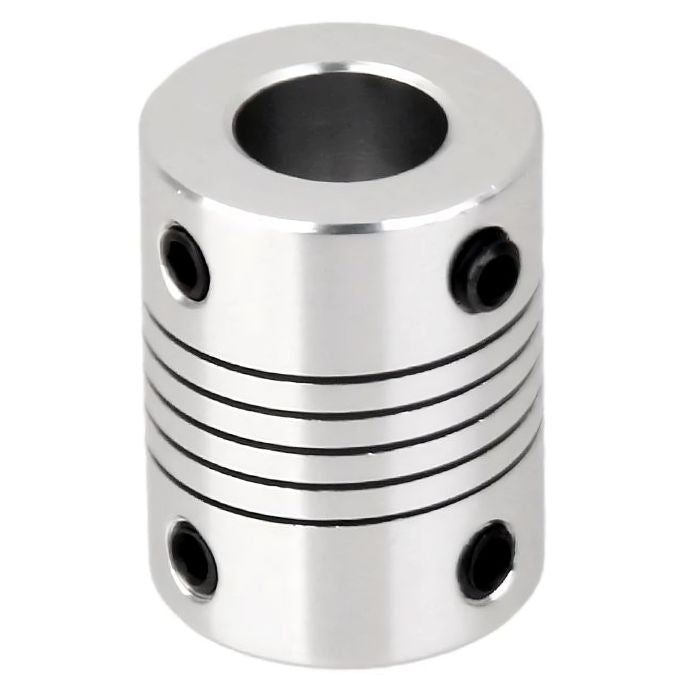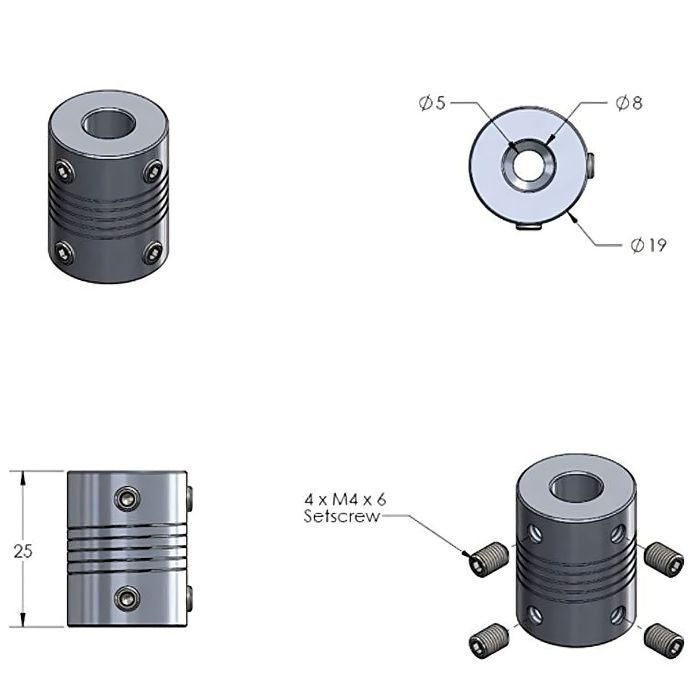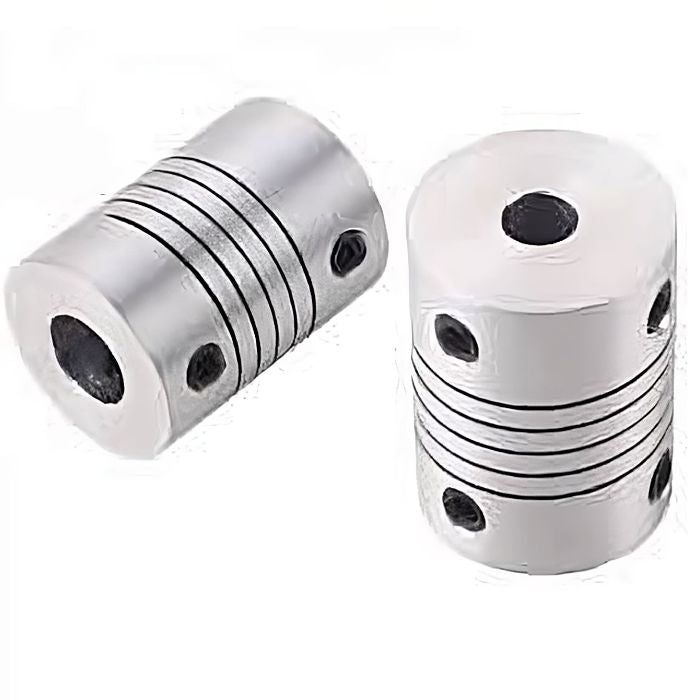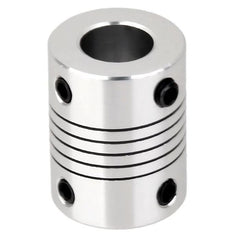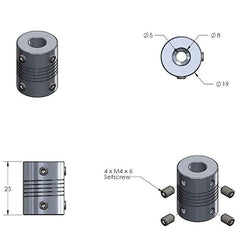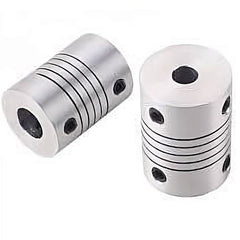Really good filament with no moisture and printed perfectly
The module is working fine i wished you guys had a soldered one and i think you missed the anntena for this module so make sure to provide one with this module
Delivery in one day excellent
Product quality is good
Good product and fast courier services. It was good experience ordering from Robocraze



